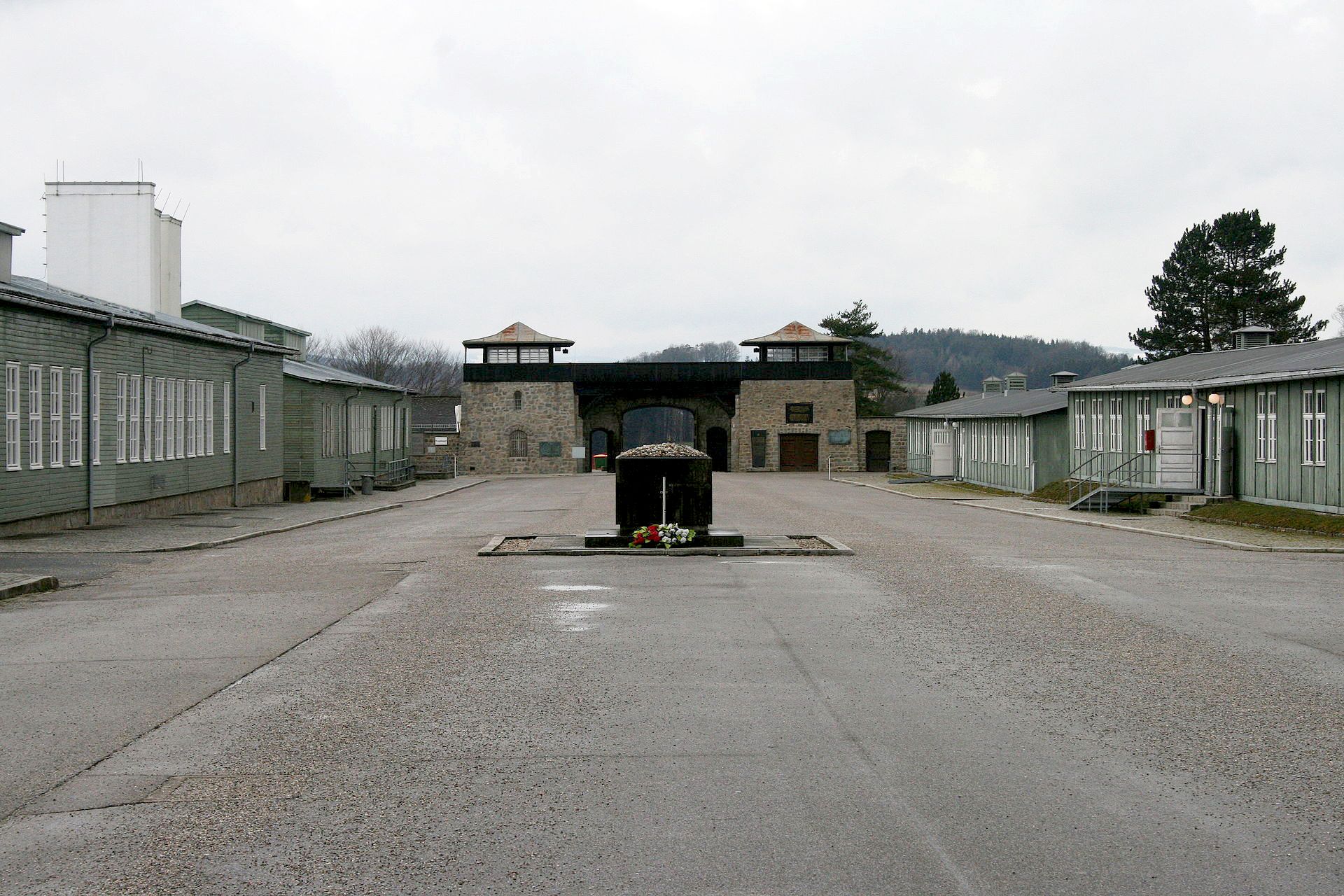Keller Easterling, Extrastatecraft: The Power of Infrastructure Space (London: Verso, 2014), 11.
Adam Cyra, “Mauthausen Concentration Camp Records in the Auschwitz Museum Archives,” Auschwitz-Birkenau Memorial and Museum, Historical Research Section, 2014.
Henry Friedlander, “The Nazi Concentration Camps.” In Michael D. Ryan ed., Human Responses to the Holocaust Perpetrators and Victims, Bystanders and Resisters. (Lewiston, New York: Edwin Mellen Press, 1981), 33–69. Gary Weissman, Fantasies of Witnessing: Postwar Efforts to Experience the Holocaust (Ithica: Cornell University Press, 2004), 2–3.
Irit Rogoff, “From Ruins to Debris: The Feminisation of Fascism in German History Museums.” In Daniel J. Sherman and Irit Rogoff, eds., Museum Culture: Histories, Discourses, Spectacle (Minneapolis: University of Minnesota Press, 1994).
Shoshana Fellman and Dori Laub, Testimony: Crises of Witnessing in Literature, Psychoanalysis, and History (New York: Routledge, 1991); Giorgio Agamben, Remnants of Auschwitz: The Witness and the Archive (New York: Zone Books, 1999).
Avital Ronell, The Telephone Book: Technology, Schizophrenia, Electric speech (Lincoln: University of Nebraska Press, 1986), 5.
Keller Easterling, Enduring Innocence: Global Architecture and its Political Masquerades (Cambridge: MIT Press, 2005), 1.
This contribution derives from a presentation given at Nottingham Contemporary on November 8, 2019. A video recording of the presentation is available here.
Architectures of Education is a collaboration between Nottingham Contemporary, Kingston University, and e-flux Architecture, and a cross-publication with The Contemporary Journal.
